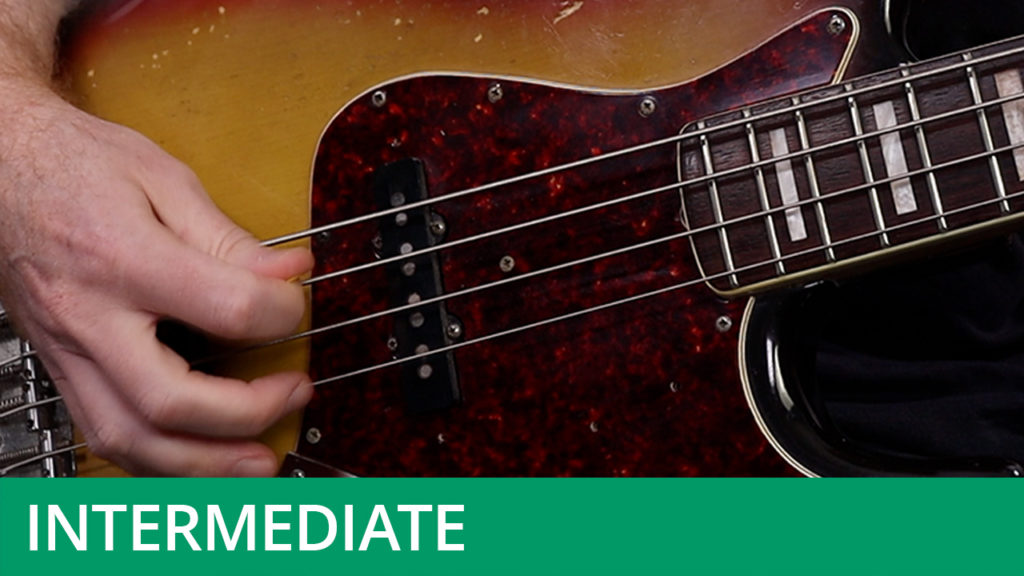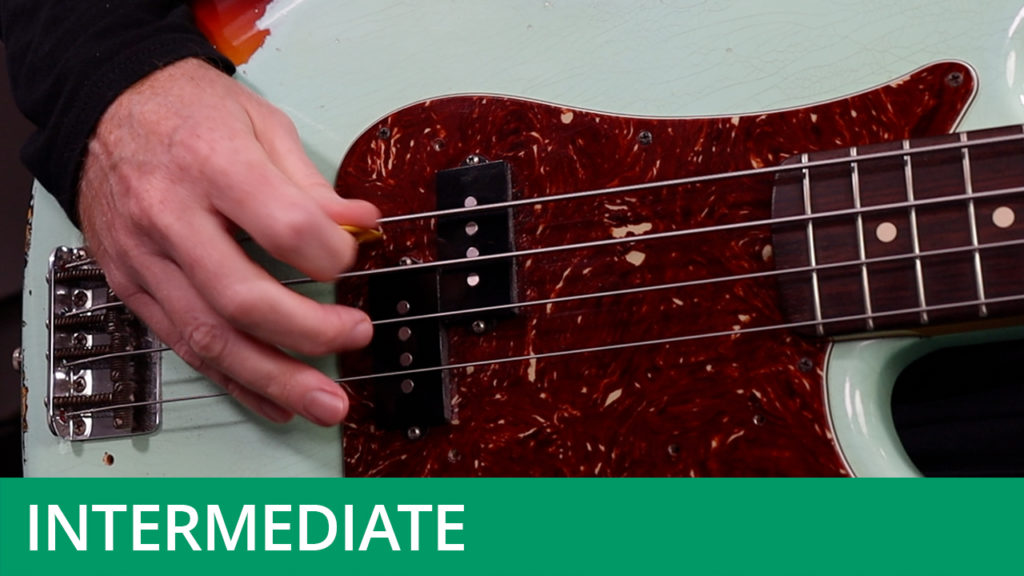Syncopated Sixteenth Note Lines
Course Duration: 1 Hour & 34 Minutes | Difficulty Level: 6
This course builds on everything that was covered in the intermediate level course. The sixteenth note-based lines that you'll learn here are complex and will require a thorough mastery of the concepts covered in the earlier courses.
Don’t forget to hit the Download Resources button above in order to download the PDF worksheet and audio files for this course (available to subscribers only).



